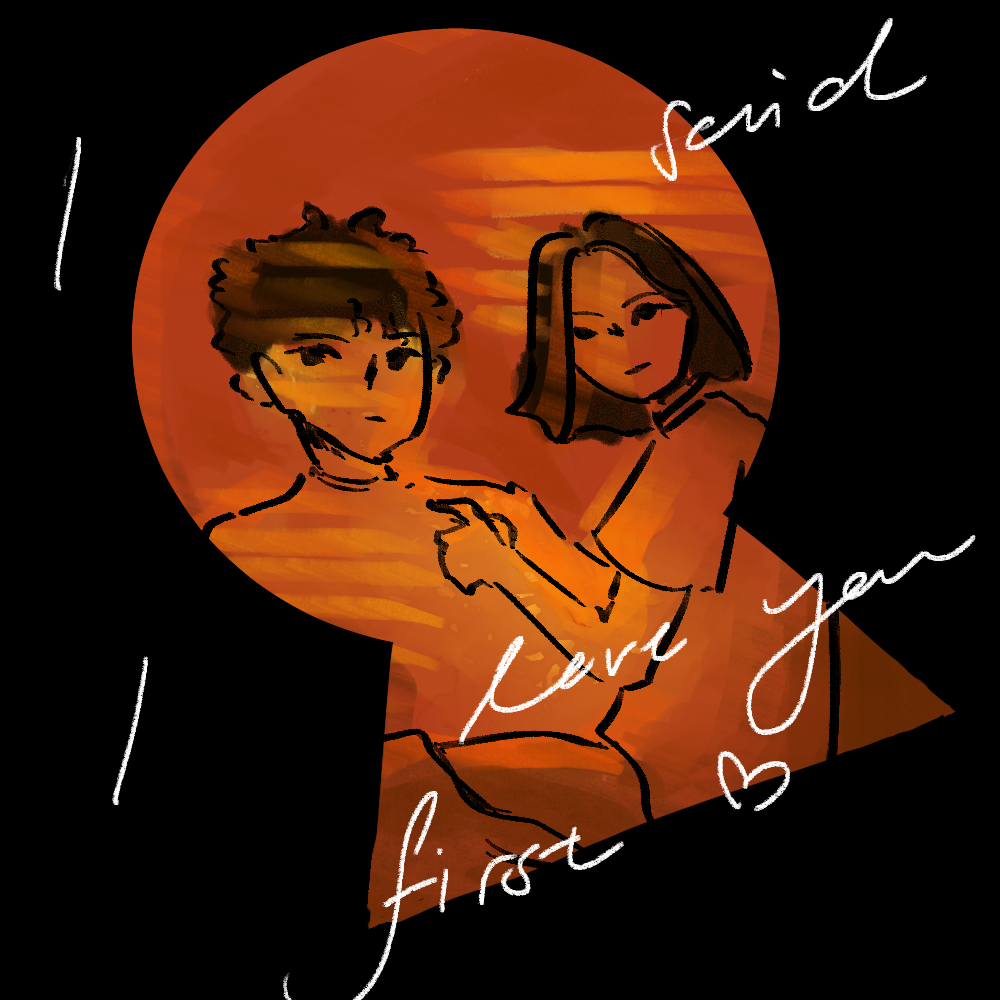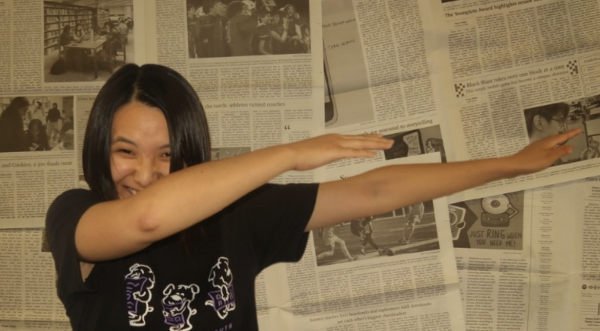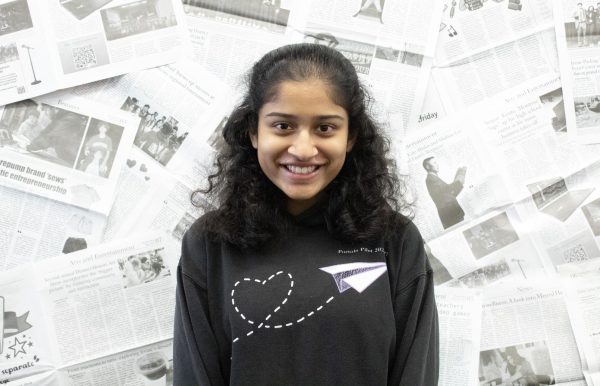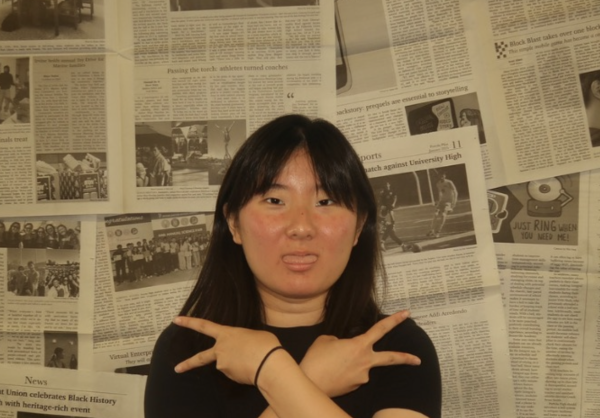Singer Selena Gomez and songwriter and producer Benny Blanco released their first-ever collaborative studio album, “I Said I Loved You First,” on March 21. Composed of 14 songs, the album serves as an intimate but disjointed narrative retelling of Gomez’s and Blanco’s relationship from past to present.
“Call Me When You Break Up”
The album’s lead single features guest singer Gracie Abrams in an insipid pop-rock track that lacks distinct musical phrasing, relying on a repetitive, generic melody that fails to build momentum. Starting off with an automated voice message in an attempt to channel nostalgia, Gomez drones on about her wish to rekindle a bygone relationship for half the song before Abrams takes over. The lyrics “Won’t you call me when you break up? / We’re so meant for each other / God, when will you wake up?” are more reminiscent of a one-time lover’s delusion than the ode to friendship Gomez intended it as, according to Elle Magazine. The song’s over-emphasis on drums and autotune almost drowns out Gomez’s voice before Abrams attempts to salvage the track with her breathy inflection. Unfortunately, Blanco’s generic production and lackluster melody makes it one of the weaker offerings on the album.
“Ojos Tristes”
A reimagining of classic 80s ballad “El Muchacho de los Ojos Tristes,” written by Spanish composer Manuel Alejandro and originally performed by Spanish singer Jeanette, this glam-pop number is sung in English and Spanish by Gomez and singer María Zardoya of The Marias. Although Gomez’s mature vocals are fitting for this dreamy synth track, Zardoya’s dreamy rendition of the second verse truly shines. Synthesizers and a soft looping beat lend an ethereal quality to Zardoya’s delicate delivery of the song’s iconic chorus.
“Bluest Flame”
This unusually experimental track for Gomez, who usually sticks to pop, leans hard into hyperpop elements by layering synthesizers with pounding drums and autotuned vocal effects. It is fast and overwhelming with an explosive beat, but instead of fully embracing a digital, futuristic sound, the track pulls in analogue elements that give it a hypnotic, nostalgic feel at certain parts. While Blanco’s use of synthesizers injects an electrifying energy into the track, the heavy reliance on autotune feels excessive, stripping some of the raw emotion from Gomez’s vocals.
“You Said You Were Sorry”
While “Bluest Flame” is more upbeat, “You Said You Were Sorry” has subdued vocals over an atmospheric instrumental. Gomez envisions gaining closure in a dream where an ex-boyfriend apologizes for past wrongdoings: “But I had a dream / You said you were sorry / Sorry for everything that you put on me.” Though soft synth pads swell in the background, the percussion is minimal and Gomez’s vocals are highlighted with a subtle reverb, making it feel as if she is singing from a distant place. Instead of building to a climax, the song drifts, embodying its message of moving on from a relationship that has run its course.
Despite its flaws, the album captures moments of genuine vulnerability and creative risk—even if not all of them pay off.






